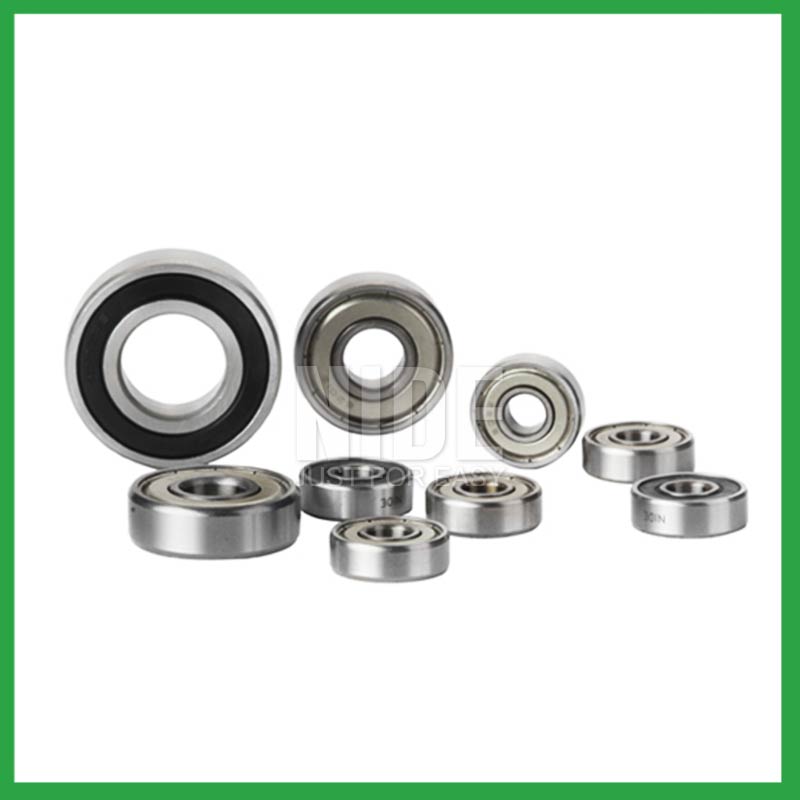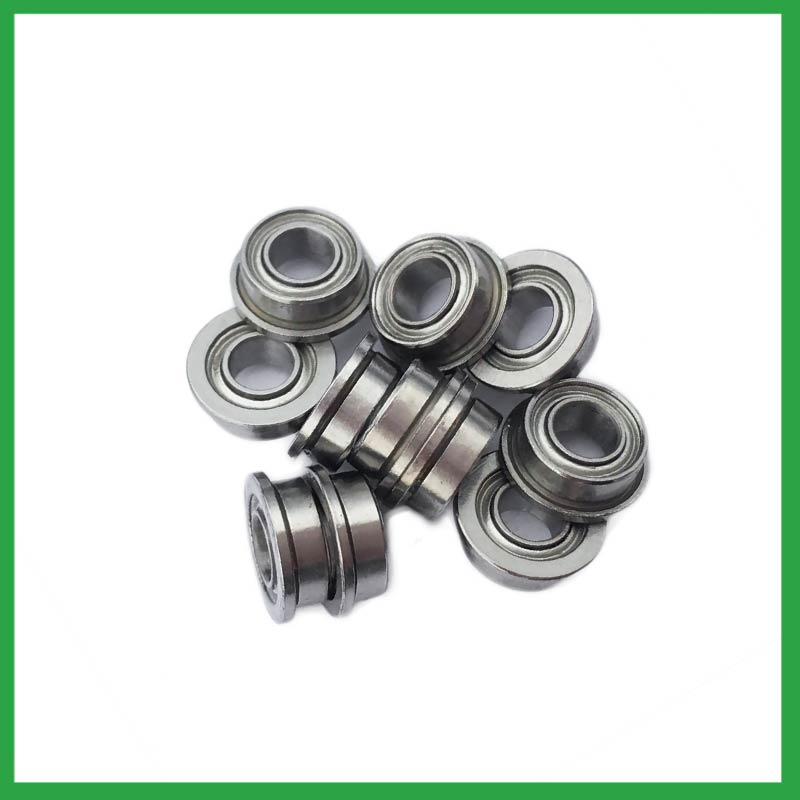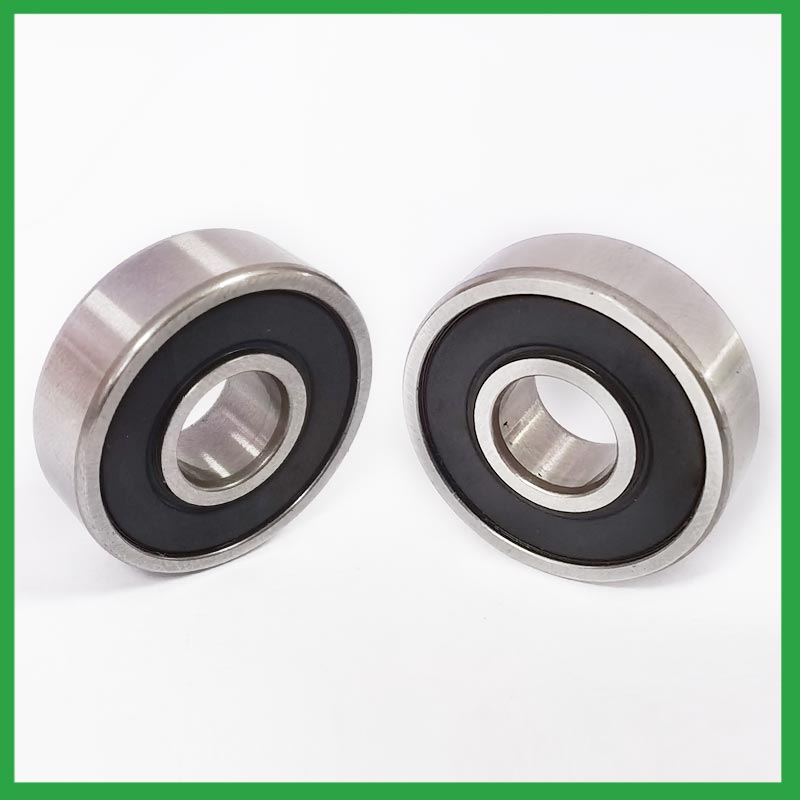PRODUCTS
CONTACT US
Ningbo Nide International Co., Ltd.
一一
· Contact person:Jack Zeng
· Mob/Whatspp/WeChat:0086-13738869026
· Email:emarketing@nide-group.com;marketing4@nide-group.com
· Add:No. 169, Wohushan Road, Daqi Subdistrict, Beilun District, Ningbo, China

Nide team could manufacture ball bearing as per customer’s drawing and samples.
If customer only has samples, we could also design drawing fo r our customer.
We also provide customized service.
Our ball bearing is widely applied the different industrials.
Ningbo Haishu Nide International is specialized in bearings export production selling and after-service. In practice for many years, we established strict quality assurance system. Our products range covers magnet,shaft,motor cover and lamination,ball bearing,carbon brush,thermal protector,commutator,etc.We can do OEM products, and do following drawings.
Nide wishes is to provide world wide customers with one-stop service for the motor manufacturing. Make motor, turn to Nide, everything will be easy !

| Parameter | Information |
| Product Name | ball end bearing |
| Brand Name | Nide |
| Place of Origin | Ningbo,Zhejiang,China |
| Type | Ball |
| Material | stainless steel, etc. |
| Sample | Avaible |
| Warranty | 3months-1year |
| Lubrication | Dry/ Oil |
| Application | automotive engines, etc. |
| Port | Ningbo/Shanghai |
| Size(mm) | customize |
| Export Country | Argentina,Brazil,South Korea,Burkina Faso,Canada,Croatia,Montserrat,Russia...etc |
| Export region | Africa,Asia,Oceania... |
| Certification | ISO 9001 Certification,CE-insulation paper inserting machine,CE-stator coil winding inserting machine,etc |
| Precision Rating | as per customer's requirement |
| Feature | Simple structure,Strong carrying capacity...etc |
| Packaging Details | Suitable for sea transportation |
| Color | Silver gray+customized |
| Seals Type | Rubber seals |
| Service | Prompt Delivery |
| Supply Ability | 100000-500000 Piece/Pieces per Month |
| Lead time (days) | 15-20 (To be negotiated) |
Please note: The above table data is for reference only. For specific information, please contact us.
ball end bearing have the advantages of durability,lightweight,low friction coefficient,high efficiency, and high load, and are used in main motion mechanisms and components, such as transmission shafts,tires,resistors, different motion mechanisms and accessories of airplanes and motorcycles.
During the disassembly process, the outer shell should be kept intact to avoid unnecessary damage;
When replacing installation components, attention should be paid to the accuracy of the support components to prevent deformation;
During the disassembly process, attention should be paid to protecting the surface quality of the ball bearing to ensure its performance;
During the operation, attention should be paid to removing surface dust to ensure the quality of the ball bearing.
Ball bearings have many advantages, making them highly competitive in the market.
Firstly, they are very durable and have good wear performance, making their service life longer than many other types of bearings.
Secondly, they are easy to install and can provide low friction performance in various applications.
Thirdly, they require a relatively low level of maintenance, making them cost-effective.
In addition, compared to many other types of bearings, their purchase cost is relatively low, making them an economical choice.




ball end bearing---FAQs Guide
2.Are there ongoing research and development efforts aimed at improving ball end bearing materials, designs, and lubrication techniques?
3.What are the standard sizes and dimensions of ball end bearing?
4.What anti-corrosion coatings or treatments are available for ball end bearing used in marine or outdoor applications?
5.What are the common materials used in ball end bearing manufacturing?
6.What are the after-sales services available for ball end bearing?
7.What are the considerations for selecting sealed or shielded ball end bearing to protect against contamination and retain lubrication?
8.What is the role of ball end bearing in reducing friction and energy loss in rotating machinery?
9.Can ball end bearing be used in vacuum or cleanroom environments, and what measures are taken to prevent outgassing or contamination?
10.What is the load distribution within a ball end bearing, and how does it vary between different bearing configurations?
11.What is the role of ball end bearing in reducing friction and wear in automotive applications, such as wheel hubs and transmissions?
12.What are the considerations for choosing between open, shielded, or sealed ball end bearing in specific applications?
1.What are the advancements and innovations in ball end bearing technology that have emerged in recent years?
Significant advancements have been made in ball end bearing steels over the years. Modern, ultra-clean bearing steels contain fewer and smaller non-metallic particles, giving ball bearings greater resistance to contact fatigue.
2.Are there ongoing research and development efforts aimed at improving ball end bearing materials, designs, and lubrication techniques?
A custom ball end bearing can satisfy almost any customer’s needs. Your application may need a needle roller or ball bearing, a radial or angular contact design, a plain carbon steel bearing with anti-corrosion coatings or stainless steel, a thrust bearing or a spherical bearing, tight or loose radial play, sealed or non-sealed designs
3.What are the standard sizes and dimensions of ball end bearing?
ball end bearing size charts are widely available, and can be used to find the measurements of a specific bearing. Series 6200 and 6300 are the most commonly used, and typically range from 10 x 30 x 9 mm (. 394 x 1.181 x . 354 in) to 150 x 320 x 65 mm (5.906 x 12.598 x 2.559 in).
4.What anti-corrosion coatings or treatments are available for ball end bearing used in marine or outdoor applications?
Corrosion Resistant Coatings.Whether ball end bearing are manufactured from stainless steel or from chrome, anti-corrosion coatings can be applied. Compared to the natural state of the base metal, these coatings make surfaces less chemically reactive. In their selection of treatments or coatings, some industries choose to consult with the manufacturer of the bearings they use. This is because surface engineering is a highly specialized undertaking. These coatings used for their anti-corrosion properties to protect bearings in harsh environments include the following:Passivation (of stainless steel),Carbide and titanium nitride,Galvanized zinc,Nickel plating,Cadmium plating,TDC (thin dense chrome).
5.What are the common materials used in ball end bearing manufacturing?
Most ball end bearing are made of a type of steel known as high carbon chromium steel, often called chrome steel. This is used for reasons of cost and durability. Bearings are also made from other materials such as stainless steel, ceramics and plastic.

6.What are the after-sales services available for ball end bearing?
If you find problems or failures in the assembly or use of the bearings , which needs to consult and other services, please feedback to Nide International in time.
7.What are the considerations for selecting sealed or shielded ball end bearing to protect against contamination and retain lubrication?
First, the environment in which your ball end bearing operate in can help you identify potential contaminants, allowing you to select your shields or seals accordingly. For example, shielded bearings have a gap that can allow finer contaminants or water from washdown applications to enter the bearing and get into the raceways.The challenge for sealing bearings is to seal the bearing by protecting the bearing from contaminants and running efficiencies.
8.What is the role of ball end bearing in reducing friction and energy loss in rotating machinery?
ball end bearing reduce friction by using smooth balls lubricated with oil or grease that freely roll between a smooth inner and outer surface. The main concept of the ball bearing is that objects that roll past each other produce less friction than if the objects were sliding against each other.
9.Can ball end bearing be used in vacuum or cleanroom environments, and what measures are taken to prevent outgassing or contamination?
Bearings specify stainless steel for vacuum or cleanroom applications as stainless steels used for the rings, balls and retainer exhibit low outgassing. They usually supply open or shielded stainless steel bearings as vacuum bearings as these will outgas less than a nitrile rubber sealed bearing.
10.What is the load distribution within a ball end bearing, and how does it vary between different bearing configurations?
The load distribution between the rolling elements and raceway is crucial in performance evaluation of rolling element bearings. Determine the load distribution by measuring the strain response at the bearing surface with a notched housing. Finite element analysis shows that the introduction of notches does not affect the load distribution. An experimental system was developed to investigate the load distribution in a cylindrical roller bearing. The experimental static load distribution agrees well with the theoretical calculation. The dynamic load at specific position of load zone reflects the manufacture difference among rollers and dynamic balance of distributing loads.

11.What is the role of ball end bearing in reducing friction and wear in automotive applications, such as wheel hubs and transmissions?
When a load is applied to a ball bearing, the ball end bearing roll freely between the inner and outer rings. This rolling action significantly reduces friction compared to sliding contact, resulting in smoother rotation and reduced wear.
12.What are the considerations for choosing between open, shielded, or sealed ball end bearing in specific applications?
While sealed bearings offer superior protection and maintenance advantages, shielded ball end bearing can be more suitable in situations where minimal friction and operating temperature are crucial. It's essential to assess the operational environment and demands before making a selection.

